‘The Happiest Little Farmers’: An Update From Oklahoma
By Kathleen Huffman
Sustainable landscaping designer Kathleen Huffman left Solano County in 2019 to return to her family farm in Oklahoma. Kathleen sends this update, reflecting how those seeds planted here in Solano have grown in her work back home.

The market garden area ready for planting
Greetings from the great state of Oklahoma! We feel like we are finally moved in and are excited to be moving forward on the farm. Lucinda and I have been very busy getting the garden ready for spring planting!
 For the production area of the farm we converted the area where my dad had his garden when I was growing up. As you can see, over the years nature had taken over much of the open area and some clearing had to be done. We were focused on saving as much of the natural habitat as possible while still opening up enough area to make a viable market garden. Any trees that had to be cut were used to make fence posts and edging for the food forest.
For the production area of the farm we converted the area where my dad had his garden when I was growing up. As you can see, over the years nature had taken over much of the open area and some clearing had to be done. We were focused on saving as much of the natural habitat as possible while still opening up enough area to make a viable market garden. Any trees that had to be cut were used to make fence posts and edging for the food forest.
There was one especially large wood pile that had to be removed before we could move forward and we had to come up with a regenerative solution … so we created a large hugelkultur/pollinator garden. We drug out the larger tree trunks and used them for edging for the main garden and were left with wonderful soil and an interesting garden shape. With some help from the local Monarch group we have planted it with a wonderful selection of flowers for the local butterflies.
 Shortly after arrival we mowed the grass and started laying out the outer edge off the garden. When we finally got it cleared we had almost 10,000 square feet of planting area. We then laid out the rows and covered the area with a 6-inch-thick layer of woodchips. We worked with a great company here that processes used pallets into safe, economical wood chip mulch. We ended up using approximately 160 yards of chips to do the entire area. By using this product we were able to stop seven semis of pallets from going to the landfill!
Shortly after arrival we mowed the grass and started laying out the outer edge off the garden. When we finally got it cleared we had almost 10,000 square feet of planting area. We then laid out the rows and covered the area with a 6-inch-thick layer of woodchips. We worked with a great company here that processes used pallets into safe, economical wood chip mulch. We ended up using approximately 160 yards of chips to do the entire area. By using this product we were able to stop seven semis of pallets from going to the landfill!
After several weeks we pulled back the mulch in the areas where future planting rows would be. We were very pleased that the mulch worked just as we had hoped and we were left with very few living weeds. The previous grass had been changed to yummy organic matter and was now working for us and not against us!
 We then started removing the remaining grass clumps and adding the needed amendments. The soil test we did revealed several deficiencies in the soil chemistry. We did have to do some cultivation because of this but we tried to keep it to the top 6 to 8 inches of the soil surface.
We then started removing the remaining grass clumps and adding the needed amendments. The soil test we did revealed several deficiencies in the soil chemistry. We did have to do some cultivation because of this but we tried to keep it to the top 6 to 8 inches of the soil surface.
Meanwhile we started the germination process for our tomatoes, peppers and herbs for the garden. We hope to get almost 600 plants started and into the ground by mid-April. There will be some items that will be directly sown and those should be in the ground over the next few weeks as the soil temperatures improve.
 We have started planting the fruit trees and berries in the area we have designated as the food forest. This area will be the main teaching garden for urban food gardening. We currently have 11 classes booked through the Oklahoma County library system where we will be teaching the permaculture principles and urban food forest installation.
We have started planting the fruit trees and berries in the area we have designated as the food forest. This area will be the main teaching garden for urban food gardening. We currently have 11 classes booked through the Oklahoma County library system where we will be teaching the permaculture principles and urban food forest installation.
Lucinda has worked her magic and we have a great location in the main OKC farmers market with a permanent spot. This will give us a major presence in the market garden industry. We have created an LLC and are working toward a relationship with several local government agencies that can help us secure the much-needed infrastructure for getting the farm up and running. We are still working on a website where delivery orders can be placed and we have an active Facebook site that keeps people informed on our current progress.
All in all we are pleased with the success of our current endeavor. As spring approaches, our days will get longer and we will run out of energy far sooner than we will run out of things to do, but we will be the happiest little farmers you can imagine.
Learn more about Kathleen in this video interview.
Kathleen Huffman- The Repurposed Okie from David Avery on Vimeo.

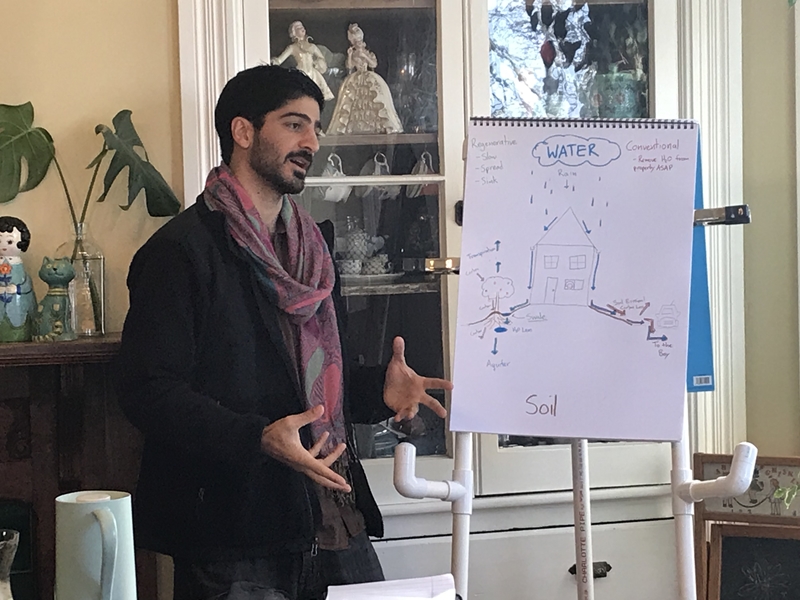
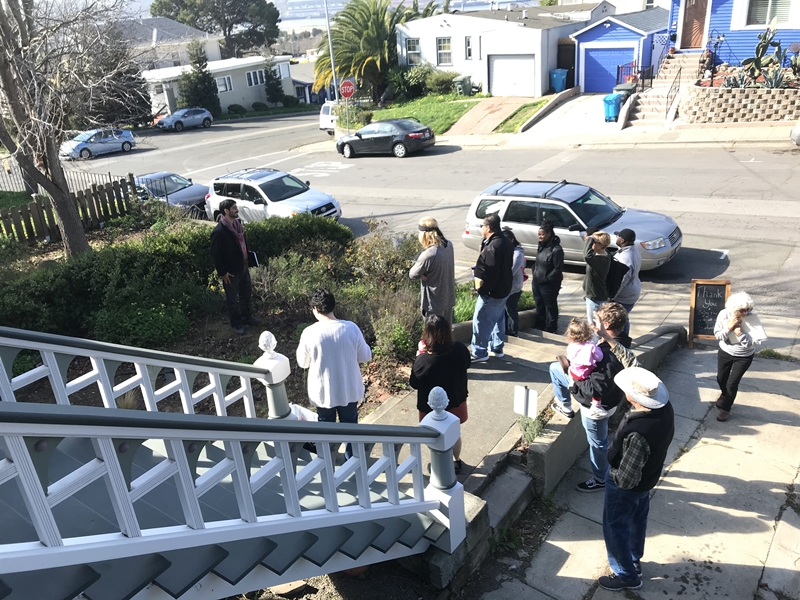
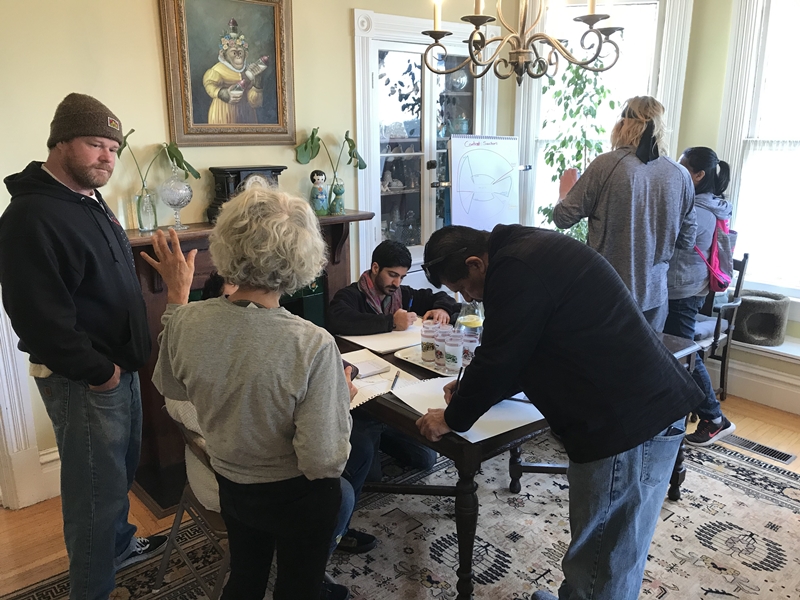
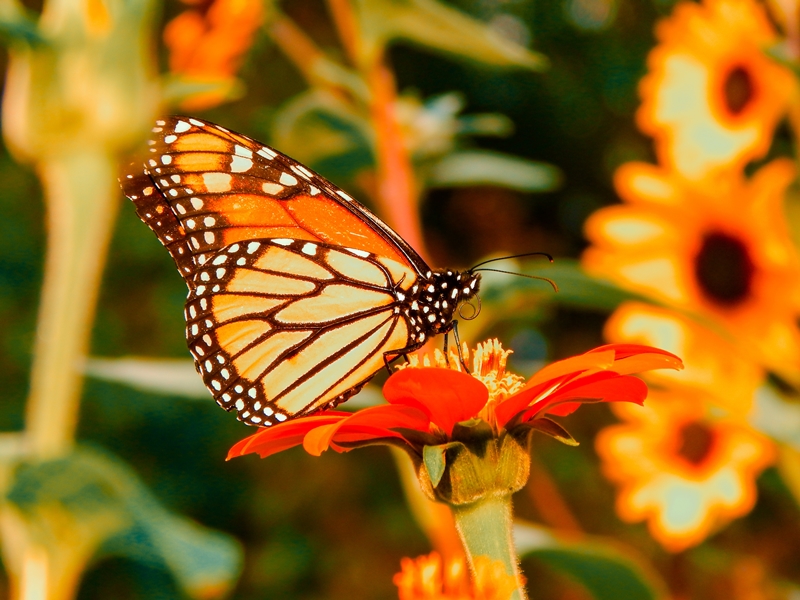


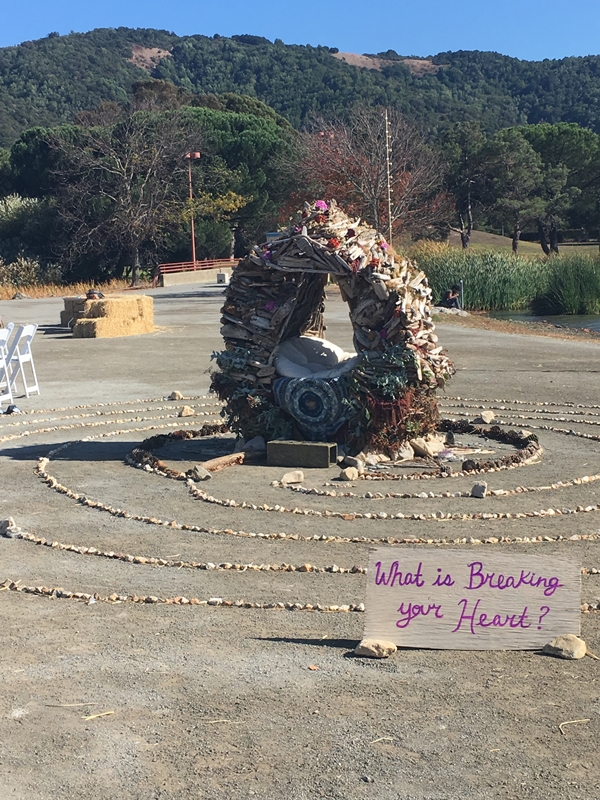

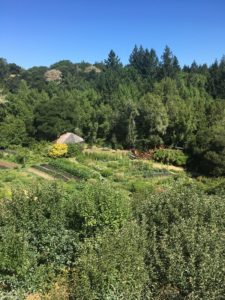 The course itself was both incredibly rigorous in its training, and yet at times also felt remarkably like summer camp. Nestled in the lush Duck Bill Creek watershed of Western Sonoma County, the property boasts a number of incredible gardens, restored forest and grasslands, an irrigation pond (which doubles as a swimming hole), and countless trails to get lost on. Communal vegetarian meals cooked in the shared kitchen with ingredients from the gardens were shared three times a day.
The course itself was both incredibly rigorous in its training, and yet at times also felt remarkably like summer camp. Nestled in the lush Duck Bill Creek watershed of Western Sonoma County, the property boasts a number of incredible gardens, restored forest and grasslands, an irrigation pond (which doubles as a swimming hole), and countless trails to get lost on. Communal vegetarian meals cooked in the shared kitchen with ingredients from the gardens were shared three times a day.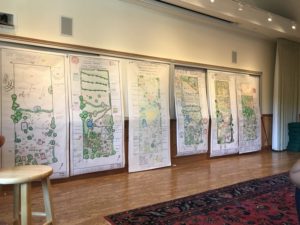 The course culminated in a group design project, which for us focused on a nearby 7-acre plot of land that had recently been acquired by the Cultural Conservancy. Indigenous wisdom and learning the heritage of our host land was a focal point of the training. This came in many forms: first a small presentation by The Cultural Conservancy, then a trip to the actual site in the city of Graton, which is Southern Pomo Coast Miwok Territory. During this site visit, we all took notes, pictures and asked members of the Cultural Conservancy what they envisioned for the space to better understand their hopes and aspirations for the place. As a group, we were grateful that we were allowed to participate in a project that aims to create an inter-tribal bio-cultural heritage farm and indigenous education center. Together in a team of five, we created designs that represented all the different topics we were taught, and then on the last day presented it to the Cultural Conservancy.
The course culminated in a group design project, which for us focused on a nearby 7-acre plot of land that had recently been acquired by the Cultural Conservancy. Indigenous wisdom and learning the heritage of our host land was a focal point of the training. This came in many forms: first a small presentation by The Cultural Conservancy, then a trip to the actual site in the city of Graton, which is Southern Pomo Coast Miwok Territory. During this site visit, we all took notes, pictures and asked members of the Cultural Conservancy what they envisioned for the space to better understand their hopes and aspirations for the place. As a group, we were grateful that we were allowed to participate in a project that aims to create an inter-tribal bio-cultural heritage farm and indigenous education center. Together in a team of five, we created designs that represented all the different topics we were taught, and then on the last day presented it to the Cultural Conservancy.
